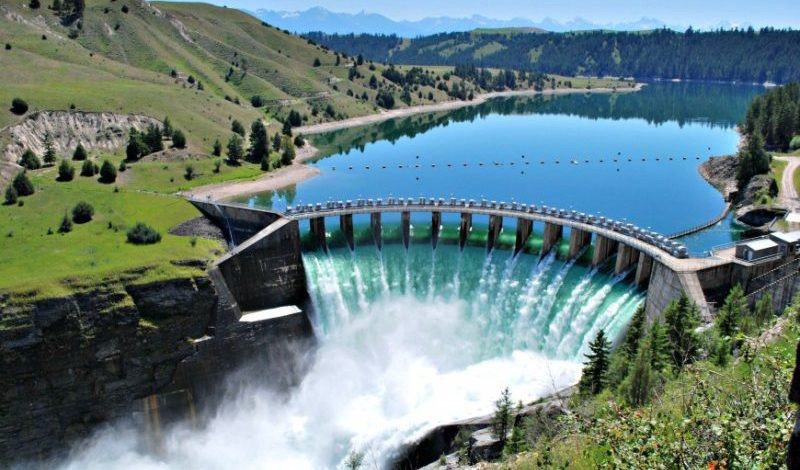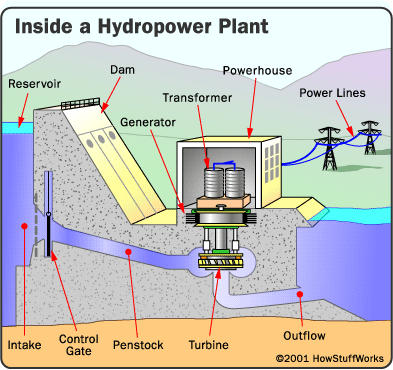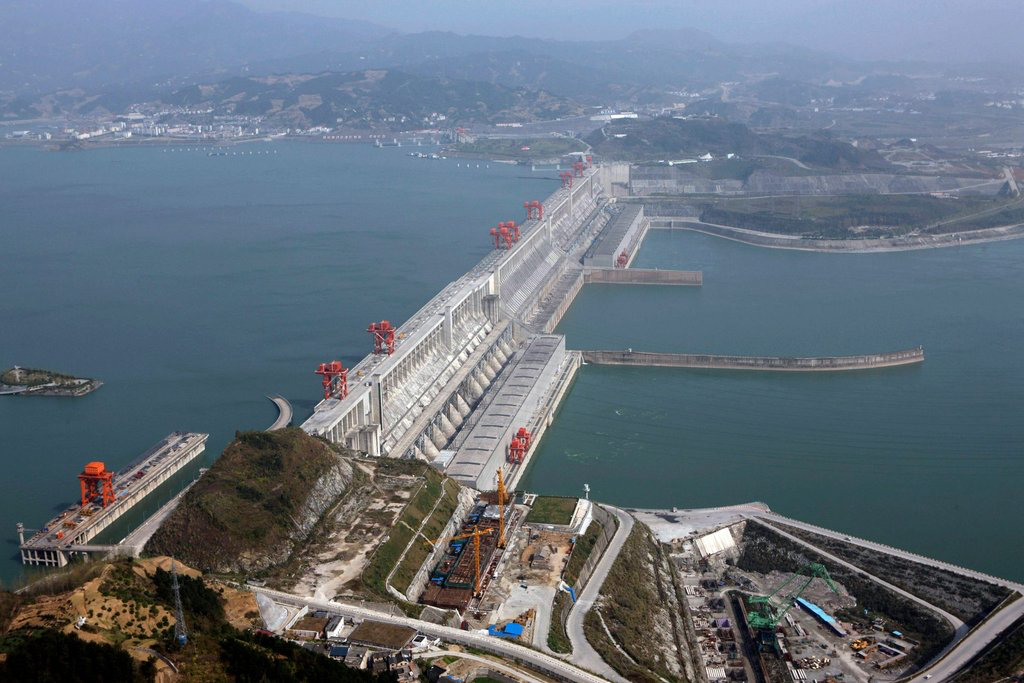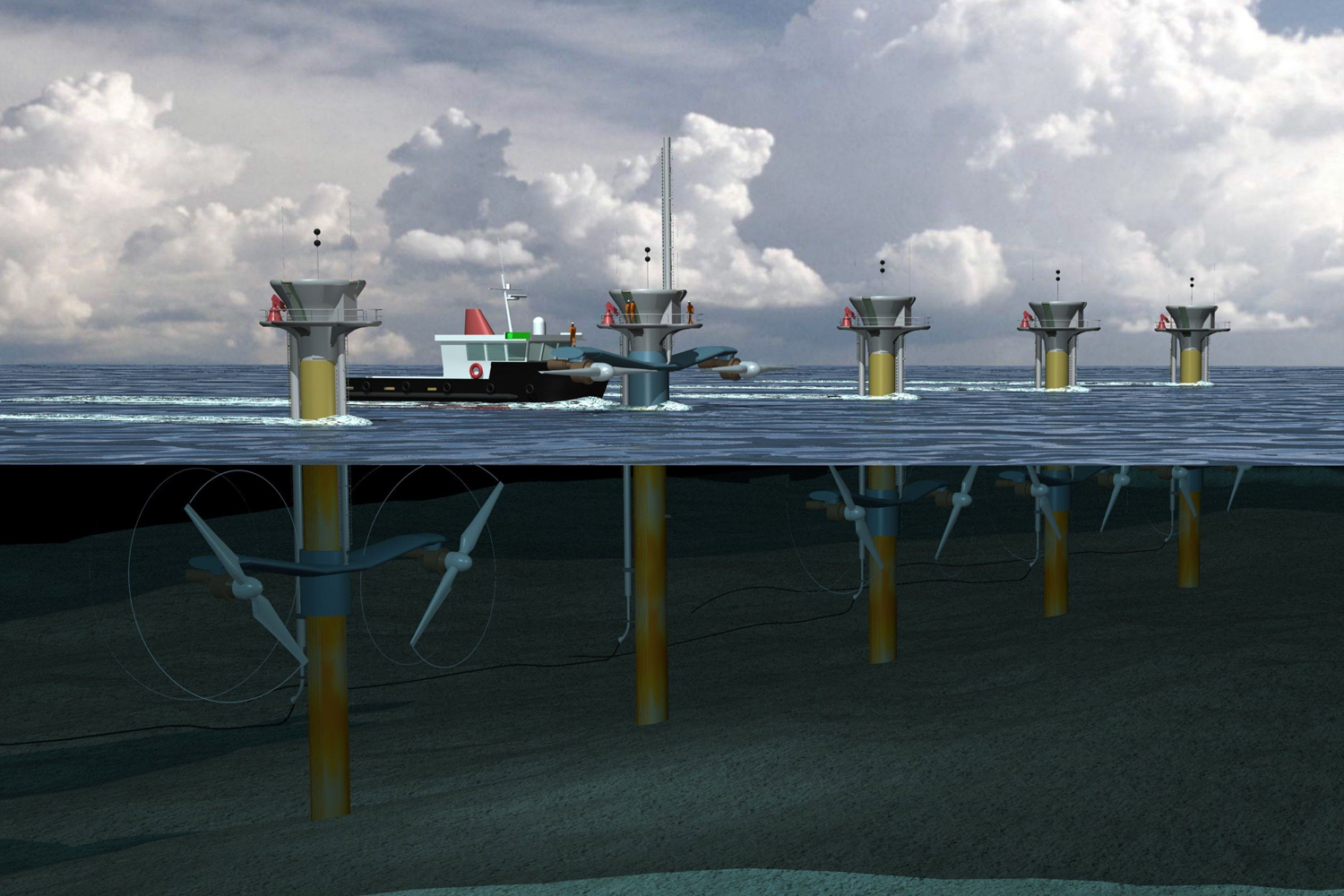The position paper was used to argue that hydropower should be considered as the main alternative energy source over others after the issue of climate change sparked a discussion about the next possible moves to ensure climate change does not advance. This paper was aimed towards all, especially those who have an insert in the subject, and convince them on hydropower, by informing them on hyrdopower.

Is Hydropower the Key to a Better Future?
Jennifer Sanchez-Flores
English 21003
Writing for the Sciences
Professor Debra Williams
We have twelve years to limit climate change the UN warns. Currently, 80% of the world’s energy sources come from fossil fuels (Energy Smart, n.d.) Coal is often seen as a primary energy source because it’s the least expensive, since the United States does not need to import it, and there is a large abundance of it. However, coal along with other fossil fuels are non-renewable, meaning they will run out. Fossil fuels are a major contributor to climate change and the Greenhouse effect. Greenhouse gases are emitted into the atmosphere, absorb infrared radiation warm the planet as a result leading to overall warmer temperatures, melting of glaciers, and rising sea levels. In twelve years, we need to limit climate change. This raises the issue: how do we obtain our energy without compromising the earth? By using alternative energy sources, we can limit these greenhouse gases emissions and still produce energy. Wind, solar, and hydropower all take in these resources without eliminating them from the earth. Our second issue is which alternative energy source is the best option to obtain our energy. Hydropower currently takes up 24% of the world’s power. (Atkins, 2003) Hydropower provides the best choice for an alternative energy source since this renewable energy source does not release greenhouse gases and is widely available. Its availability and proficiency is vital for aiding climate change and, along with other clean energy sources, can lead to a cleaner and safer environment.
Hydropower does not release any waste harmful to living species around the hydro plant or the atmosphere. Fossil fuels are burned to generate energy releasing carbon dioxide into the atmosphere. With the increased energy production, the carbon dioxide levels would get higher. Half of the carbon dioxide released each year will stay in the atmosphere, contributing to the greenhouse effect, and the second half will be absorbed by oceans and plants which acidifies oceans and marine life (Greenhouse Gases, 2018). Hydropower works differently. Hydro plants capture the kinetic energy of naturally flowing water to turn turbines and generate electricity. In some cases, a dam is built to produce a greater surge of power as the water builds up behind the dam. This power is then sent to homes and businesses.

The photo above shows how this energy is captured and generated into energy. Since naturally occurring bodies of water are all different, some countries will be able to produce energy from water more efficiently. China is the country producing the most hydroelectricity and also contains the largest hydropower plant.

The Three Gorges Dam in China (photo above) is located in a location that makes hydropower a valuable and easy source to obtain. This dam is large in size and capable of producing vast amounts of energy because of the height of the flowing water. The higher the height, the more kinetic energy, and the greater power it can produce. Niagara Falls is another example of an already existing water location that makes hydropower a perfect fit. Niagara Falls currently produces a quarter of electrical energy in New York State and Ontario. (Niagara Power… .n.d.) However, waste is produced during the construction of these hydropower plants. Especially in large scale ones such as Niagara Falls and The Three Gorges Dam. These carbon concentrations are only released in order to provide the area with long lasting renewable energy. Other energy sources not only release waste during construction, but continually release waste all throughout its energy production. Energy sources such as coal and oil have to be dug up from the earth, and contribute to waste disposal issues. By introducing hydropower now, we can lead the earth to a better future away from climate change. Climate change is a cycle that still has a possibility of improving. Hydropower can provide a possible future away from climate change. We shouldn’t risk ruining the earth and its atmosphere by continuously obtaining our energy from something that will only further harm the earth. Water is everywhere and readily available to be used for energy unless climate change ruins this.
Hydropower does not remove any water from the environment making it a source of energy usable for generations. Hydropower is currently reliable. Solar power is a renewable source valuable for the environment. However, it can be inconsistent. Without sunlight, solar panels will be unable to generate energy which can happen when there are abundant clouds in the sky. This is why water should be our first choice. Water is consistent. Even if the water flow isn’t enough to turn the turbines and active the generator, the flow can be man made, giving this energy source an advantage. Ocean and tidal energy are less known forms of hydropower, and are still being researched and developed. The ocean covers about 70% of the earth meaning this development can be beneficial for all countries. Tides from the ocean can produce energy on the surface of the wave, or the pressure difference can be captured to generate electricity. “Tidal power has substantial hourly variations during the day but the pattern tends to be very predictable across seasons and years, while wave power is much more steadier on an hourly basis but shows more seasonal variation.” (Miles, 2010) Ocean as an energy source can be easily captured as long as patterns are determined.

Hydropower is available all over the world although, some areas are better equipped for this energy source. Hydropower from the ocean provides a global solution to the issue of climate change. The photo above is an idea of how the ocean can potentially generate energy in the future. Further research can lead to development of hydropower as a leading source of this energy. This water provides habitats for many species. Hydropower does not take this water away. This water can be reused. However, as previously stated, construction of these hydropower plants can bring up issues leading to opposers of hydropower.
The construction of hydropower can negatively disrupt the present ecosystem and release waste into the environment but only during construction. These negative aspects will not be damaging for future generations of species. Not only did the James Bay hydropower plant construction drown crossing caribou in 1984, it destroyed the habitat of the plants and animals living in this area. (James Bay Hydropower, 2011) This destruction is severe and advocates for these species have the right to be upset. However, this hydropower plant alters the ecosystem, meaning these species will adapt. The ecosystem can be rebuilt newly formed around the hydropower plant. The ecosystem will be affected, but natural disasters can cause similar effects. Species aren’t wiped out from existence in the case of natural disasters, and they will not be wiped out from the construction of a hydropower plant. In the future, if fossil fuels aren’t the leading source of energy, species will benefit with the decreased amount of greenhouse gases in the atmosphere.
Alternative energy sources are the key to a cleaner future, but hydropower provides the best energy source as it is clean and more reliable than other alternative energy sources. Hydropower does not belong everywhere. Some areas are better equipped for wind power, or solar power, but water is available in all types of locations, making it the first considerable choice in alternative energy sources. We need to change the way we obtain our energy. We need to change to energy sources that contribute to a safer environment for all. Switching to hydropower can help with this process, and it needs to occur in the next decade. The future of our earth depends on it.
References
Atkins, W. A. (2003). Hydroelectric Power. In E. J. Dasch (Ed.), Water: Science and Issues (Vol. 2, pp. 187-191). New York, NY: Macmillan Reference USA. Retrieved from http://link.galegroup.com.ccny-proxy1.libr.ccny.cuny.edu/apps/doc/CX3409400154/OVIC?u=cuny_ccny&sid=OVIC&xid=6df59c79
Energy Smart. (n.d.). Retrieved October 25, 2018, from http://www.whitehorse.vic.gov.au/IgnitionSuite/uploads/docs/Sustainable Living Guide Energy.pdf
Greenhouse Gases. (2018). In Global Issues in Context Online Collection. Farmington Hills, MI: Gale. Retrieved from http://link.galegroup.com.ccny-proxy1.libr.ccny.cuny.edu/apps/doc/CP3208520164/OVIC?u=cuny_ccny&sid=OVIC&xid=70c234d9y&sid=OVIC&xid=4e060d9c
James Bay hydropower project. (2011). In D. S. Blanchfield (Ed.), Environmental Encyclopedia. Detroit, MI: Gale. Retrieved from http://link.galegroup.com.ccny-proxy1.libr.ccny.cuny.edu/apps/doc/CV2644150760/OVIC?u=cuny_ccny&sid=OVIC&xid=084ed80f
Miles, A. F. (2010). U.S. Energy Regulations Can Adapt to Ocean Power Technologies. In At Issue. Wave and Tidal Power. Detroit, MI: Greenhaven Press. (Reprinted from testimony before the Subcommittee on Fisheries, Wildlife and Oceans and the Subcommittee on Energy and Mineral Resources, Committee on Natural Resources, U.S. House of Representatives, Hearing on Renewable Energy Opportunities and Issues on the Outer Cont, www.ferc.gov, 2007) Retrieved from http://link.galegroup.com.ccny-proxy1.libr.ccny.cuny.edu/apps/doc/EJ3010723214/OVIC?u=cuny_ccny&sid=OVIC&xid=4e060d9c
Niagara Power Generating Quick Facts. (n.d.). Retrieved October 25, 2018, from https://www.niagarafallsinfo.com/niagara-falls-history/niagara-falls-power-development/the-history-of-power-development-in-niagara/niagara-power-generating-quick-facts/


